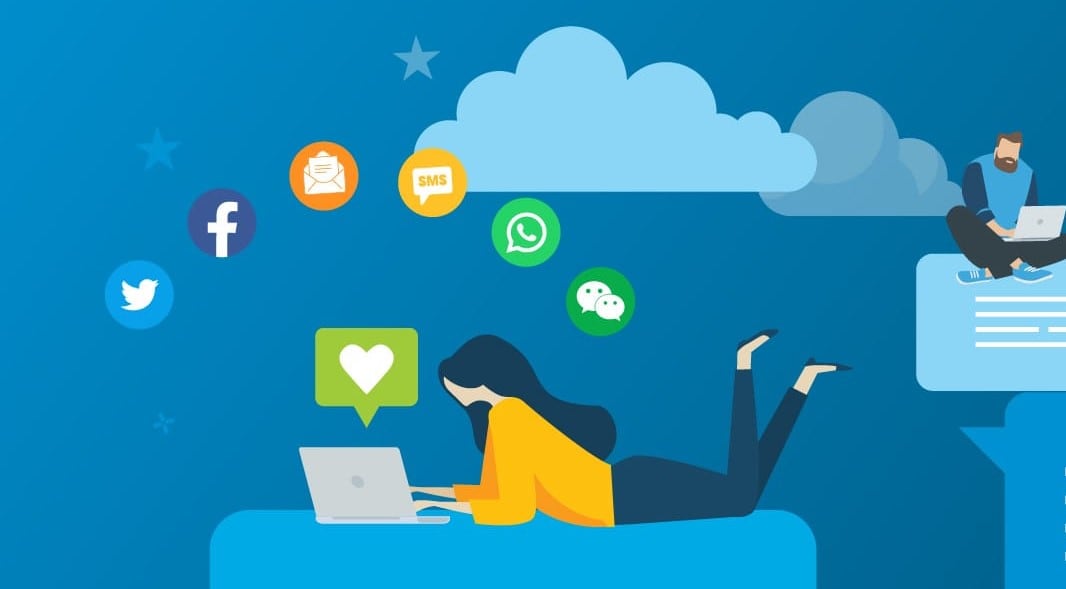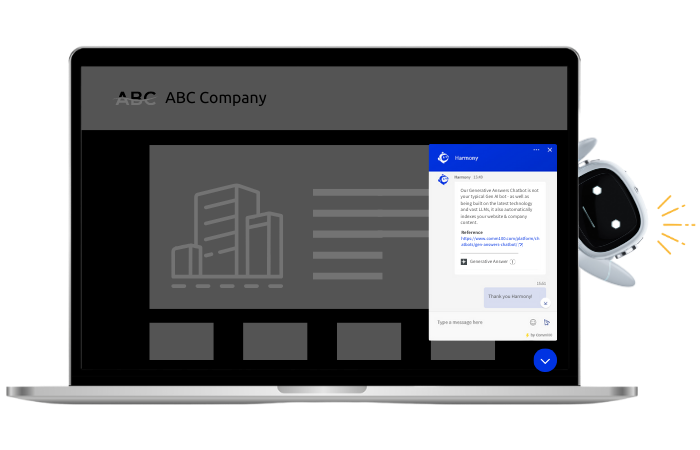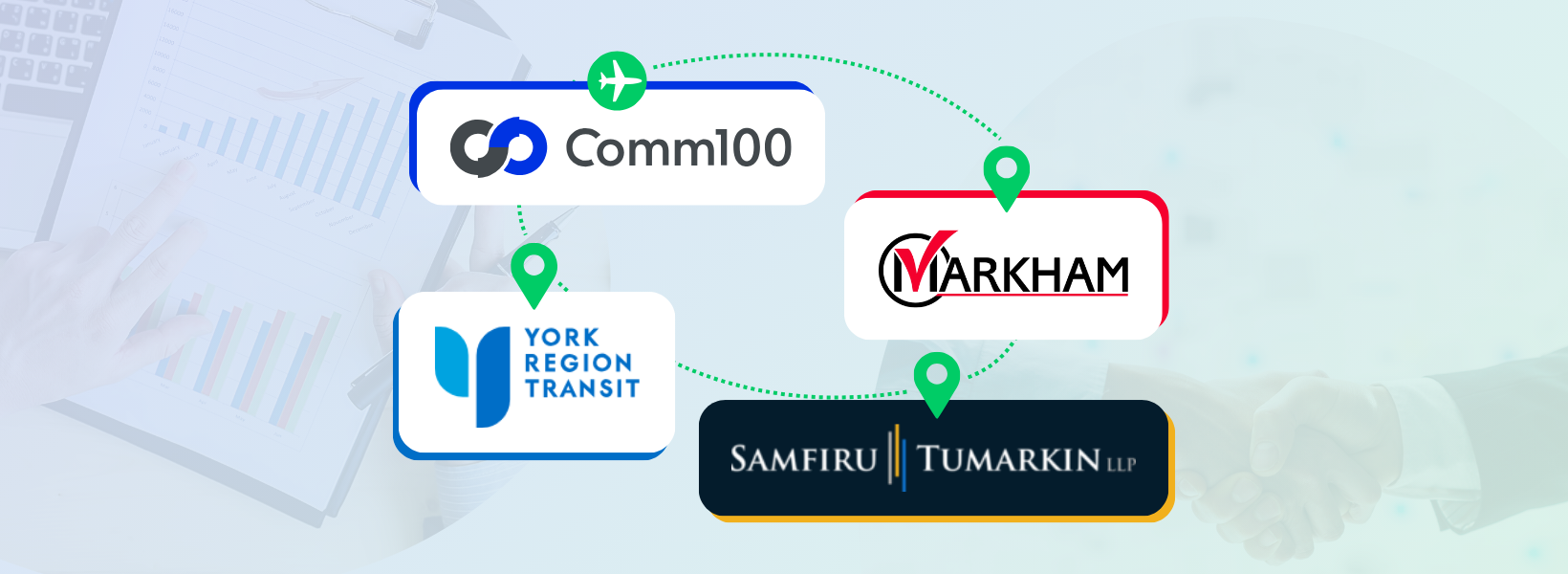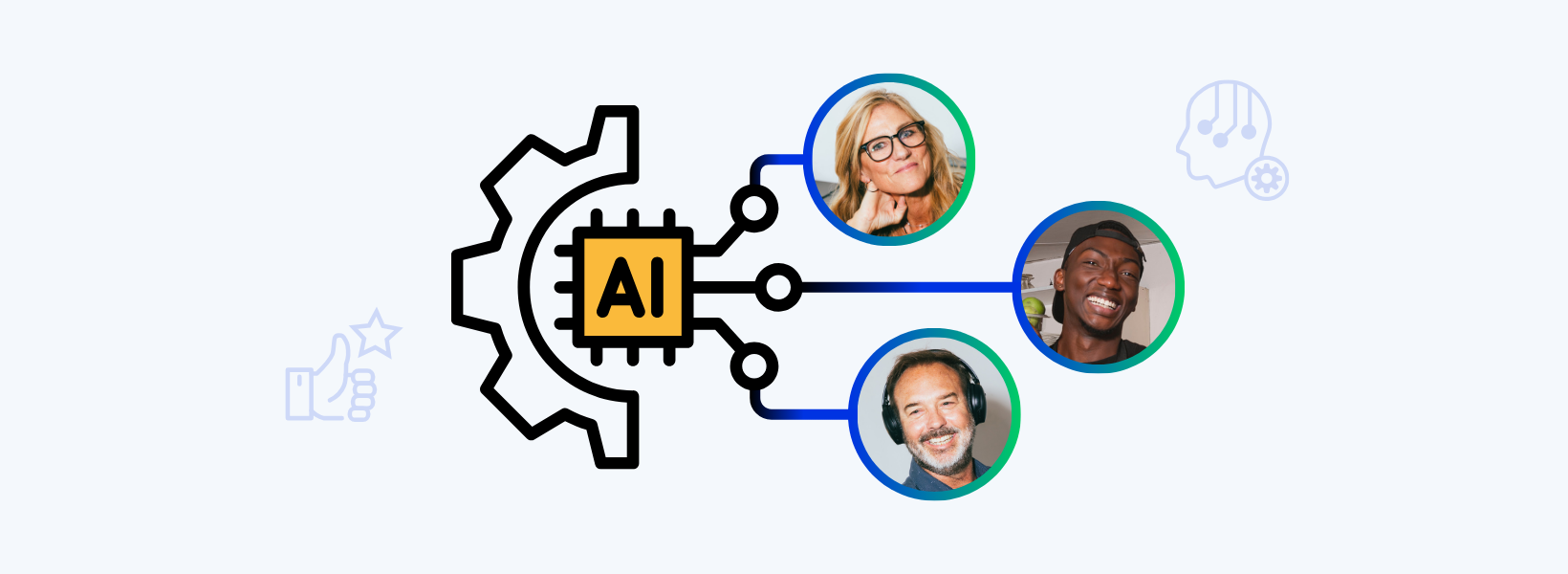If you work in post-secondary education, you’ll know just how competitive an industry it is. Institutions compete with one another to win national and international students and spend huge amounts of money to do so. New York University reportedly spent $500,000 more on marketing in June 2020 than in June 2019, despite the financial challenges caused by Covid-19. Likewise, Western Governors University invested $1.3 million on YouTube ads from March to June 2020 alone.
Education institutions invest great amounts into enrolment strategies, particularly building personal connections with prospective students. But their work doesn’t stop here – once they’ve acquired the students and the term begins, it’s now crucial to engage and retain them too.
This is where student support on digital channels comes in to play. Today’s consumers, and particularly students, are digital-first. If an educational institution is only offering customer service on phone and email, they are missing out on the opportunity to connect with both prospective and current students.
By offering accessible digital support channels, every stage of the student lifecycle is improved. Better still, they also save time and money. Here are 4 top ways to improve student engagement, acquisition, and retention by elevating customer service in higher education.
1. Boost digital connections with live chat
For educational organizations looking to expand their digital student customer service offerings, there is no better place to start than live chat.
Live chat enables students to connect with the institution’s representatives directly on their website or mobile app in real-time. The speed and ease at which the student can ask a question and get the answer is key to its popularity. In fact, 79% of customers favor live chat over other channels for its immediacy. Also, over half of customers prefer live chat for its ease-of-use while multitasking.
Dawson College, a college in Quebec, Canada, uses Comm100 Live Chat to provide fast and helpful support to its students:
“
Our students are mostly 17, 18 or 19 years old, and they naturally find live chat very easy to use. It’s also very quick for them – they can hop on a chat, ask us a question, and have their answer in a minute – all from their mobile device. It’s the perfect channel to help us engage with them and give them the support they need.”
Derek Gaucher, Coordinator of IT Solutions, Dawson College
Read the full story here: Dawson College Holds Virtual Open House with Video Engagement
Live chat isn’t only popular among students though – educational institutions also prefer it for its cost-saving potential. Live chat is at least 17% – 30% cheaper than a phone call, and can deliver up to 6000% ROI. Agents who could normally only answer one phone call at a time can answer three live chat requests simultaneously, thanks to a live chat capability known as chat concurrency.
2. Employ omnichannel to expand and connect with your audience
Today’s students are digital-first, but this doesn’t only mean that they prefer to connect with educational institutions digitally. This means that they have access to various digital channels and expect to be able to reach out via all these channels. This could be email, live chat, social media (like Facebook, WhatsApp, and WeChat), or even SMS.
The ability to connect with students is crucial to develop relationships with them and improve the probability that they choose to enrol with them. And yet the hard work doesn’t stop here, because now they need to keep them. Student drop-out is a huge issue across states and countries, and it has a huge impact on an institution’s bottom-line. A study by Stanford showed that a student who leaves before graduating can cost an institution up to $40,000.
To make sure that prospective and current students can easily connect with them on whatever channel they prefer, education institutions must seek out an omnichannel customer service solution.
Omnichannel customer service solutions conveniently unite conversations from every digital channel into a single agent console. Here, agents have access to a student’s entire history whether they are reaching you via live chat, SMS, email, messaging, or social media. As well as allowing the student to connect on their channel of choice, it creates a cohesive experience for them that empowers your agents to deliver genuine and personalized support.
With such high levels of competition within education, allowing students to connect how and when they want is more vital than ever.
3. Use AI for greater velocity, capacity, and cost control
While students love the immediacy and speed of live chat, if they don’t have this experience, it can quickly turn sour. This is why AI chatbots are a crucial tool for customer service in higher education.
Chatbots work on every digital channel and can be set to automatically greet web visitors when they “walk in the door.” For example on live chat, students can fill out the who, what, where, when, and why in a pre-chat survey. If they reach out on Facebook, the chatbot can reply if the question is within its scope. Questions outside their scope get routed to a human agent for resolution. And of course, chatbots are 24/7 so no matter what time of the night a student stays up to, they can receive the support they need.
AI doesn’t only benefit the customer though. Agent-facing AI, known as Agent Assist, monitors incoming conversations in real time and then suggests the best answer to the agent. This enables the agent to respond faster and more accurately.
Just as live chat saves money, chatbots do too. Imagine being able to increase your support volume with zero increase in human resource costs. That’s what a chatbot can do. Find out for yourself with this ROI calculator:
Recommended: Chatbot ROI Calculator
4. Develop relationships with video chat
As we explained earlier, developing relationships with prospective and current students is a crucial component of customer service in higher education. While live chat does this brilliantly, there’s another tool colleges and schools can use to take this personalized customer service up a level – video chat.
Video chat brings students face-to-face with agents and helps them to connect on a more personal level. This is all the more helpful in the age of COVID as many universities and colleges remain closed. Dawson College faced this problem in the fall of 2020 and used Comm100 video chat as their solution.
In 2020, Covid-19 restrictions rendered Dawson College’s traditional open house event impossible. As an essential part of its enrolment strategy, administrators feared that without the event there would be a significant drop in enrolment.
In a moment of ingenuity, Dawson College came up with the idea of holding a virtual open house event through live chat, supported by video chat. The virtual open house took place over several days and saw almost 1000 students from 17 countries speak with hundreds of department reps. Video chat allowed department reps to develop a more personal connection with the students and begin building relationships – a crucial component to the success of any open house event.
“
Speaking with the students over video meant our college representatives had the chance to connect with the students on a more personal level, as if they were face-to-face. This is so important to developing relationships with the students and allowed us to recreate the experience of our typical, in-person open house events.”
Derek Gaucher, Coordinator of IT Solutions at Dawson College
Wrap up
Customer service in higher education doesn’t need to over-complicated. Simply provide students with the digital, fast, convenient support that they expect, and schools will see benefits across the full student lifecycle. Read the free guide below to start your journey towards providing this.
Improving Student Support Services
Today’s students have incredibly high support expectations. Learn how your school can meet these expectations and improve every stage of the student lifecycle in this complete guide.
Read more
Learn more







